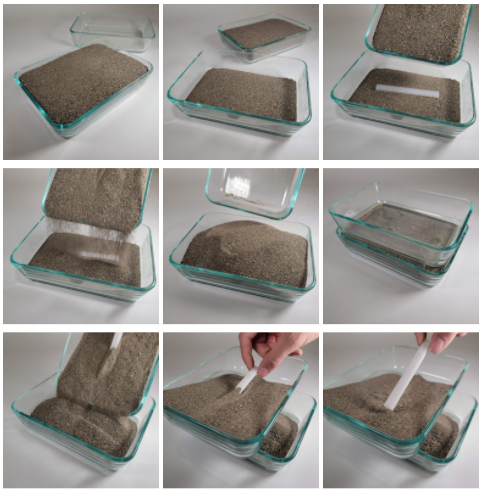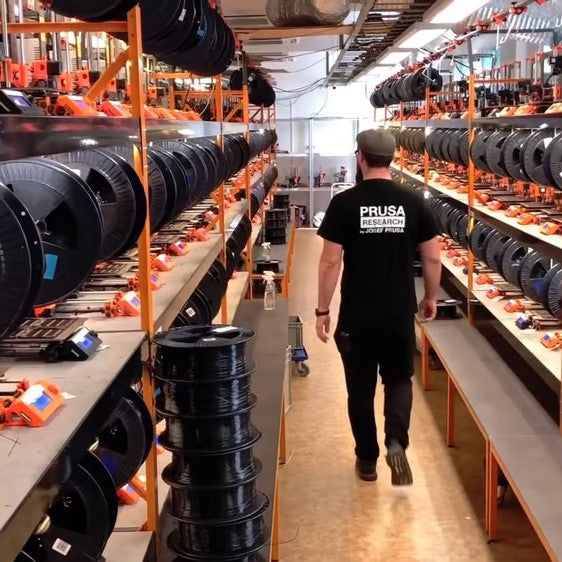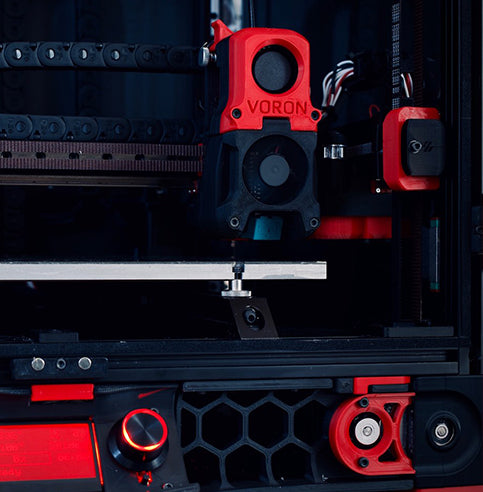Heat treating… yeah that's right! We’re here to do some more testing! This will be a sort of guide and presentation of our explorations into using sand as an aid in the heat-treating process. Read on! You might learn something!!! ;)
FibReel HTPLA is PLA that can be heat treated for a higher-temperature resistance than standard PLA. This changes the material structure from amorphous to crystalline. While amorphous structures change drastically near their glass transition temperature, crystalline structures maintain useful properties above said point and towards their melting point. Thus, heat treating greatly increases the useful temperature range of a 3D-printed part.
These properties do come with some trade-offs. There is a small amount of distortion and some mechanical shrinkage/growth. The growth and shrinkage are pretty constant between prints, but, historically, distortion has been less predictable and more difficult to compensate for. Therefore, any reduction we can make to the magnitude of distortion is helpful assuming this reduction in magnitude is also reliable.
We tested several variables that did not influence distortion and one that did which we will now share with you. We found that submersing printed parts in pre-heated sand and adding weight from above significantly reduced distortion. The following graphs are the results of our testing with various orientations of the same bar. We quantified distortion was found by holding one side of a rod specimen against a flat surface and recording the opposite end’s distance from that same surface.





